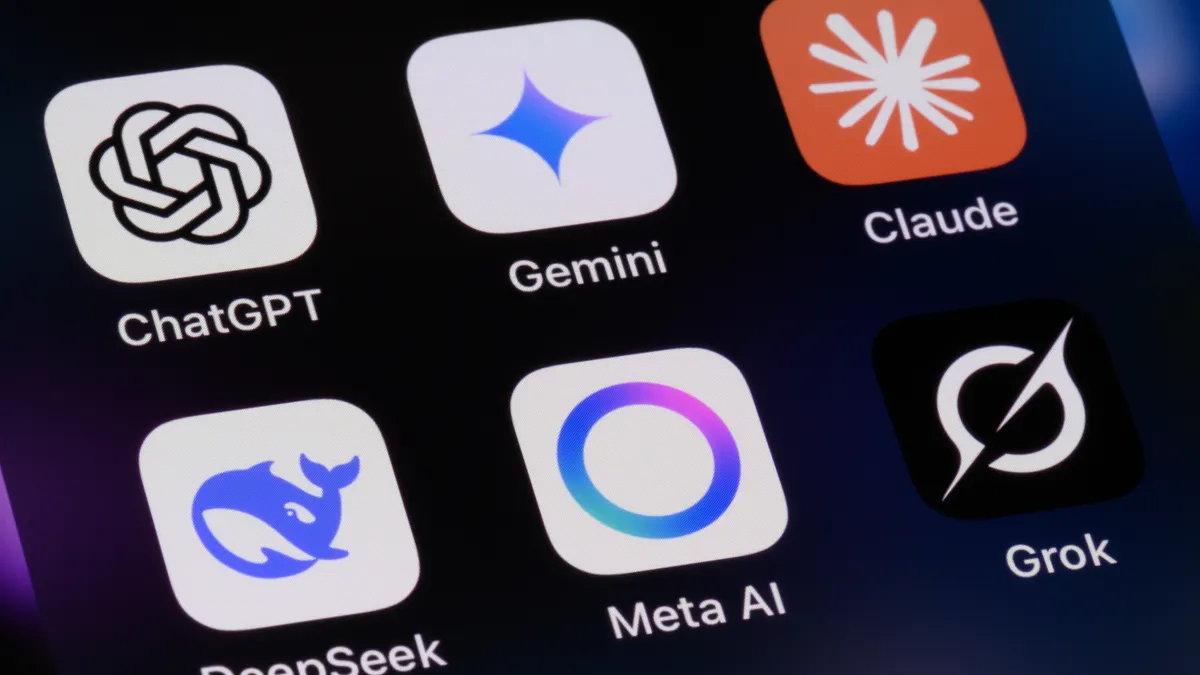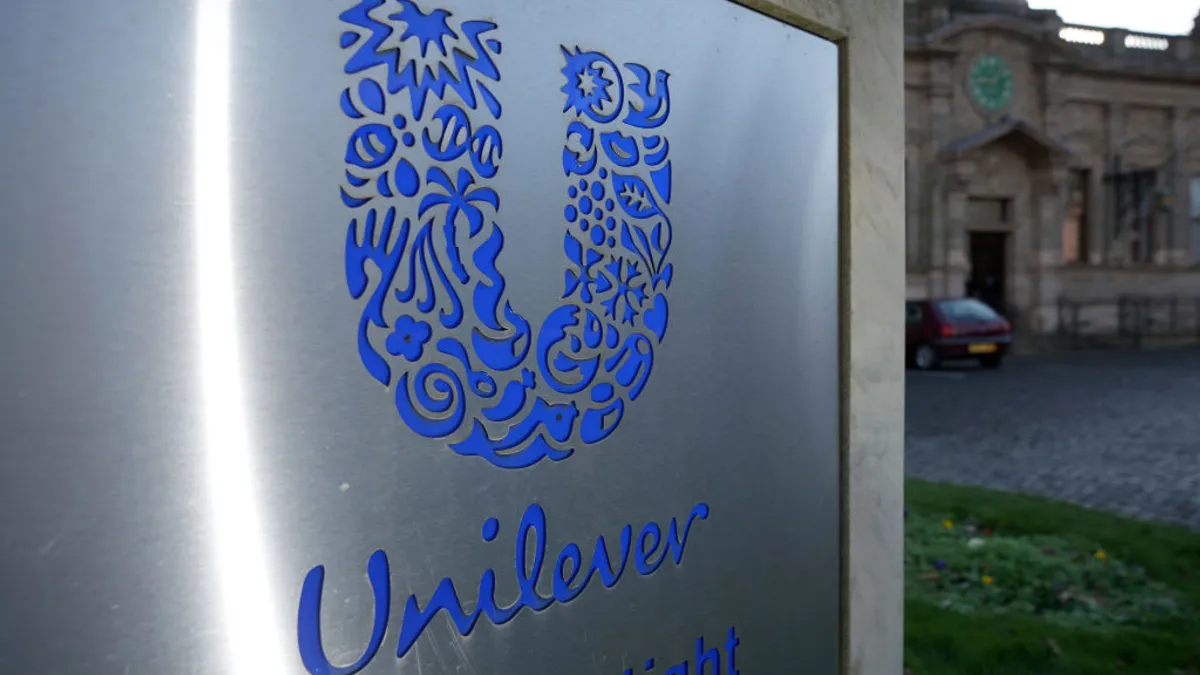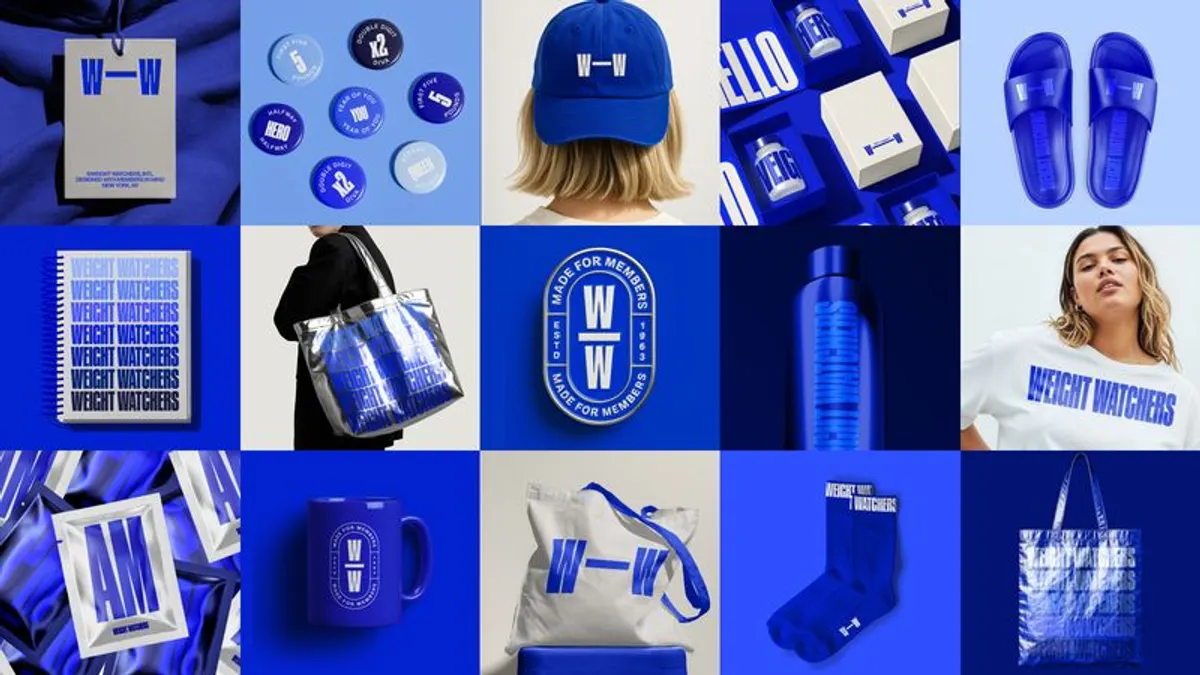Marketers entered 2022 riding a historic ad market rebound and with an eye set on the future, hyping electric vehicles, cryptocurrencies and the far-flung possibilities of the metaverse. Much of that optimism froze in late February with Russia’s invasion of Ukraine, a humanitarian crisis that amplified existing inflationary and supply chain pressures and made celebratory messaging a trickier needle to thread. Industry sentiment hasn’t recovered since and could worsen as the forecast for the months ahead remains chilly.
Instead of bringing a fresh chapter for brand-building following two years of false starts, the first half of 2022 ultimately threw marketers into another holding pattern, one where creative innovation — which seemed on the cusp of a resurgence — was hard to come by. Rather than pushing the envelope forward, the overriding theme has been playing it safe, which might provide stability in the short term but could prove problematic as loyalty is tested in a quickly souring economy.
“There's just a general sense of uncertainty and fragility right now, which is preventing some of those longer-term bets from being made,” said Ewan McIntyre, vice president analyst and chief of research for Gartner’s marketing practice.
The underlying aversion to risk in H1 was understandable. The crypto sector crashed hard in the second quarter, leaving a void of marketing activity in its wake, while auto manufacturers have been hesitant to hawk cars that won’t be available on the lot. The metaverse is a neat idea, in theory, but remains far from realization beyond light gaming experiments. Even its most ardent evangelists are tightening their investments to direct more energy to existing business fundamentals that are being tested in a shifting privacy landscape.
The same back-to-basics instinct is one more segments have gravitated toward as macroeconomic obstacles piled up in the last six months, experts said. Meanwhile, media spending and CMO budgets have been sturdy in a broad sense, raising the question of where, exactly, brands are allocating their resources.
“We've definitely seen a shift from brands that historically would be heavier in the traditional tentpole activations leaning more on programmatic, flexible investments,” said Leslie Lee, senior vice president of marketing at Vistar Media, a software company focused on digital out of home media. “There is a move away from these one-off, very flashy activations.”
Flight to performance
All things considered, the situation could be worse. Just as the ad market recovered at a faster rate than the general economy last year, it’s yet to match the dizzying fluctuations affecting the stock market in 2022.
Global advertising revenues are expected to grow 9% year-on-year this year to $816 billion, according to the most recent forecast from Magna. That’s a downgrade from a prior target of 12% growth but hardly apocalyptic. Other media agencies, including GroupM and Zenith, have made similar adjustments to their full-year projections.
“There is a move away from these one-off, very flashy activations.”

Leslie Lee
SVP of marketing, Vistar Media
Dollar figures don’t tell the full story. Marketing expenditures may not have bottomed out in a meaningful fashion in the first half, but creative verve was curiously absent. Rebrandings were sparse and registered as minor, when they weren’t drawing jeers on Twitter. A handful of anthemic campaigns — especially from the cryptocurrency and Web3 worlds — garnered online chatter and accolades, but have ultimately fallen victim to the economic rout and lack of genuine consumer interest.
In the background, much of media investment has seen a “flight to performance,” McIntyre said. Areas like retail media continue to boom as marketers try to prove their efforts can be tied to results. Gartner’s latest survey of chief marketers found that the proportion of budgets that go to brand versus performance is a roughly 50/50 split. That might make sense from a dollars-and-cents perspective, but doesn’t lead to a lot of eye-catching marketing that lingers in the imagination.
“If you think about it, logically, it means that you're pushing almost half of your media budget into last-click media,” McIntyre said. “That helps you achieve your results today but it doesn't help you build a preference and support results for tomorrow.”
Fragile growth
Breaking things out further, segments notorious for their off-the-wall antics have become noticeably tamer in 2022. Quick-service restaurants (QSRs) once stood out for their combative social media personalities and disruptive activations, but have in recent months mostly focused on driving traffic to channels like mobile, digital and gaming that have become more important to growing sales during the pandemic. A changing of the guard has been apparent on the agency and CMO front as well.
“QSR is a category that we've seen some growth from, but it's because they're shifting to running programmatic media and doing basic audience targeting and weather triggers,” said Vistar Media’s Lee.
“In a landscape where consumers may be forced to make fewer choices just because of the economic situation, loyalty is going to be paramount.”

Siddharth Gopinath
SVP of financial services, Reach3 Insights
Again, the business case for this seems sound, particularly as CMOs feel greater pressure to link marketing with growth from top brass. At the same time, much of the growth during this period has been “fragile,” to quote McIntyre, while CMOs may not be as invested in longer-term initiatives given the fast turnover for the position.
“If you're looking at a 24-month tenure, and you are going to make an investment in brand ... it's understandable that you might prefer to focus on stuff that allows you to show that you're moving the revenue needle today,” said McIntyre.
However, failing to stand up memorable brand-building now could come back to bite marketers with the looming specter of a downturn on the horizon that might erase some recently won gains. Sixty-eight percent of CFOs surveyed by CNBC expect a recession to hit in the first half of 2023. Marketing is often one of the first departments to experience cutbacks in such a scenario, which will make enacting any sort of bold creative play a measure more difficult moving forward.
“In a landscape where consumers may be forced to make fewer choices just because of the economic situation, loyalty is going to be paramount,” said Siddharth Gopinath, senior vice president of financial services at Reach3 Insights. “You can't generate loyalty overnight, obviously. You need to have a pattern of focus and investment.”
Crypto crash reverberates
If a single category embodied the odd twists and turns of the first half it was crypto. Rewinding to early February, the budding financial services segment was on top of the world. Super Bowl LVI was dubbed the “Crypto Bowl” by media watchers as an influx of brands, including STX, Crypto.com, Coinbase and eToro, sought to use TV’s most coveted event as a ticket to the mainstream. Some of the commercials achieved the type of water-cooler chatter and online engagement that enshrine big game ads with a legendary status.
It’s unclear how much any of that matters since the cryptocurrency market entered its downward spiral in the spring. The follies of crypto are extreme — a company paying $7 million for 30 seconds of TV airtime one month only to see its core business model face an existential crisis the next — but could help explain a broader hesitation among marketers to make ambitious leaps in the current environment, when an opportunity can turn into a stumbling block seemingly overnight.
Crypto’s failures are also attributable to misaligned strategy specific to the category. Many crypto wallets, coins and trading platforms are not household names and do not have the types of established followings that can help companies weather tough times. Assuming a traditional media play like a Super Bowl campaign would fast-track a firm to that level of recognition seems a mistake in retrospect and strongly echoes the Dot-Com Super Bowl phenomenon which the Crypto Bowl moniker draws on.
Ad spending from cryptocurrency marketers was up 94% in the first quarter over the prior period, but two-thirds of that activity occurred in February around the Super Bowl, MediaRadar estimates found. Monthly spending from crypto brands fell to $20 million in March and then $10 million in April, while ads have virtually disappeared today as companies scramble to right their ships and make steep cutbacks.
“I think they skipped a step, probably because there's so much fast money in it,” said Jason Harris, co-founder and chief executive of the agency Mekanism, of crypto brands. “That fast money maybe gave the category an inflated sense of where they were headed. They're looking for brand differentiation when you're still almost advertising the legitimacy of the category.”
A last hurrah
Crypto is just one of many fields that could grow quieter as the pinch on consumer wallets continues and a creeping bear market takes shape. Many executives hoped that inflation would be a short-term problem, but that hasn’t been the case and the ramifications on marketing could become more pointed in the year’s back half.
“There's no point in having any of the great creative if you're not going to be able to get it out in front of people's eyeballs.”

Ewan McIntyre
Chief of research, Gartner for Marketers
Fewer resources for CMOs would mean fewer resources for agencies — which have been otherwise resilient — and an overall quieter media environment ahead of the crucial fourth quarter and holiday window.
“A fairly typical way of dealing with cost pressures, you tend to focus on the same areas where you give money back,” said McIntyre.
“Agencies get hit hard and media gets hit hard as well,” he added. “There's no point in having any of the great creative if you're not going to be able to get it out in front of people's eyeballs.”
On the other hand, some of the retreat in activity in H1 has been balanced out by recoveries elsewhere. Travel and entertainment, for example, are on the mend as people take advantage of loosened COVID-19 restrictions. The summer box office is back. Packaged goods have mostly stayed the course as well, with even some premium offerings holding their appeal despite soaring inflation.
“We've seen much more focus on goods than services,” said Lee. “From a marketing standpoint, there's also less advertising investment for products that typically would have been pushing harder during this year and continuing the post-pandemic boom.”
U.S. political ad spending is also on track to hit record levels in the ramp up to a contested midterms seasons, though the implications for consumer brands are not especially substantiative beyond thrusting thorny topics like abortion and gun control further into the national spotlight. The same walking-on-eggshells approach to marketing that cropped up around the Ukraine war could extend to these issues.
One reason to hold out hope for a busier H2 is the third-party cookie. The ad-targeting tool, a bedrock of digital strategies to date, is set to be phased out next year, giving marketers a limited window before they’re forced to switch up their tactics. Still, a final cookie free-for-all in Q4 might simply mask bigger problems that could come home to roost in the drier January period.
“This is the last hurrah for third-party data,” said McIntyre. “Marketers will rightly squeeze every dollar of value out of this while they still can.”






















